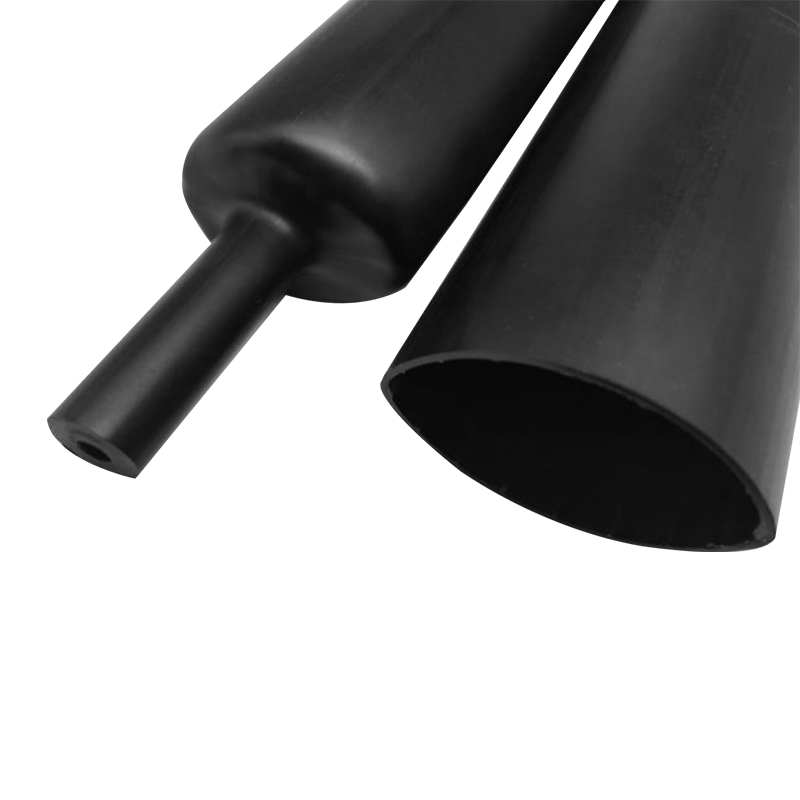The chemical compatibility of
double wall heat shrink tubing can vary depending on the specific material formulation and additives used by the manufacturer. In general, most double wall heat shrink tubing is designed to resist exposure to a wide range of chemicals, solvents, and corrosive substances, making it suitable for various industrial applications. Here are some key points to consider regarding the chemical compatibility of double wall heat shrink tubing:
Polyolefin Material: Many double wall heat shrink tubing products are made from polyolefin materials. Polyolefins are known for their chemical resistance, and they are typically compatible with a broad spectrum of chemicals, including acids, bases, and various solvents.
Additives and Formulations: Some manufacturers offer specialized formulations of heat shrink tubing that are tailored to provide enhanced chemical resistance. These formulations may include additives or coatings to increase resistance to specific chemicals or environmental conditions.

Application-Specific Tubing: Consider the specific requirements of your application. Different industrial settings may expose components to various chemicals and corrosive agents. Select double wall heat shrink tubing that is formulated to resist the particular chemicals it will encounter.
Consult Manufacturer's Data: To determine the chemical compatibility of a specific double wall heat shrink tubing product, it's advisable to consult the manufacturer's technical data or product specifications. Manufacturers often provide information about the tubing's resistance to common chemicals.
Temperature Considerations: Chemical compatibility may also be influenced by temperature. Some chemicals may become more aggressive at higher temperatures, so it's important to consider both chemical exposure and temperature conditions.
Testing: If you have concerns about chemical compatibility, you can conduct small-scale tests to assess how the tubing reacts to the specific chemicals it will encounter. This can help verify its resistance in your specific application.
Compatibility with Other Materials: Consider the compatibility of the heat shrink tubing not only with the chemicals it may encounter but also with the materials of the components it will protect. Ensure there are no adverse reactions between the tubing and the underlying materials.
While double wall heat shrink tubing can provide chemical resistance, its effectiveness depends on factors such as the tubing's material composition, formulation, and the specific chemicals it will come into contact with. In applications with critical chemical resistance requirements, consulting with manufacturers or suppliers with expertise in the field is advisable to ensure the best possible protection.
 中文简体
中文简体
 English
English




















